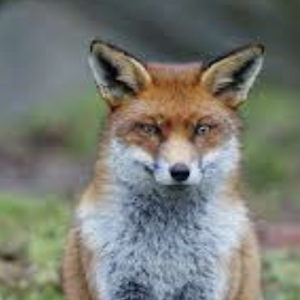Articles
Vol. 9 No. 1 (2022)
Living with the enemy: activity rhythms of the red fox Vulpes vulpes (Carnivora, Canidae) and some potential preys in an urban environment

Publisher's note
All claims expressed in this article are solely those of the authors and do not necessarily represent those of their affiliated organizations, or those of the publisher, the editors and the reviewers. Any product that may be evaluated in this article or claim that may be made by its manufacturer is not guaranteed or endorsed by the publisher.
All claims expressed in this article are solely those of the authors and do not necessarily represent those of their affiliated organizations, or those of the publisher, the editors and the reviewers. Any product that may be evaluated in this article or claim that may be made by its manufacturer is not guaranteed or endorsed by the publisher.
Received: 11 June 2021
Accepted: 10 November 2021
Accepted: 10 November 2021
1814
Views
974
Downloads










